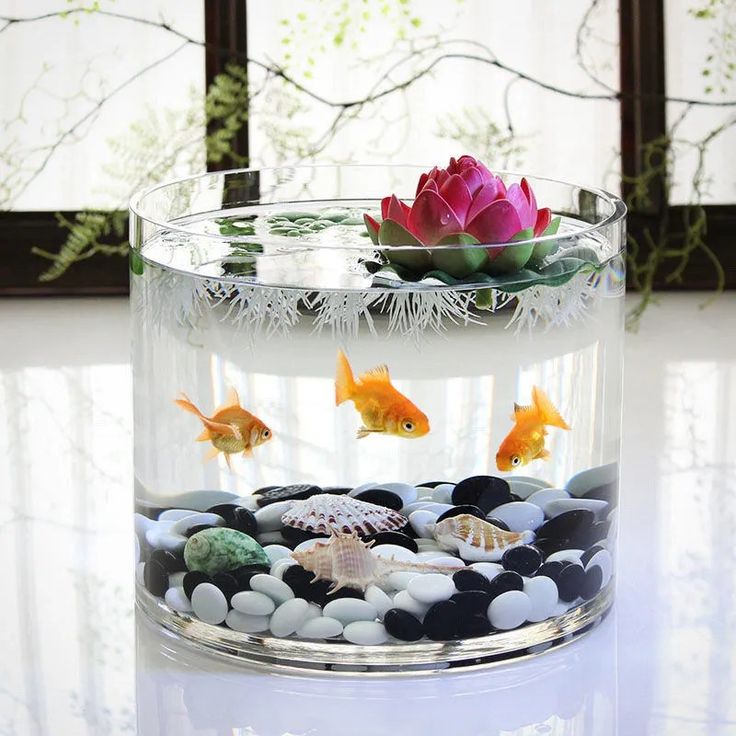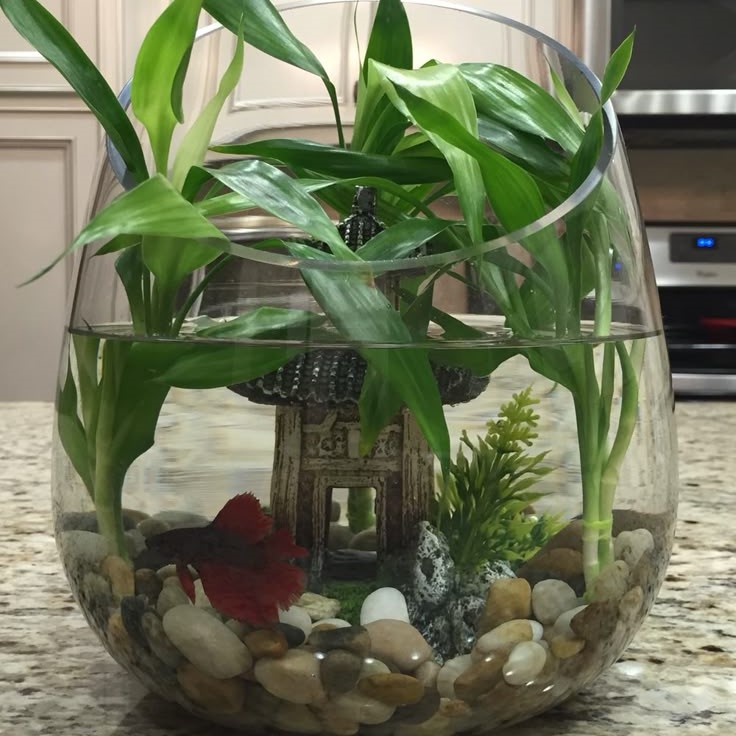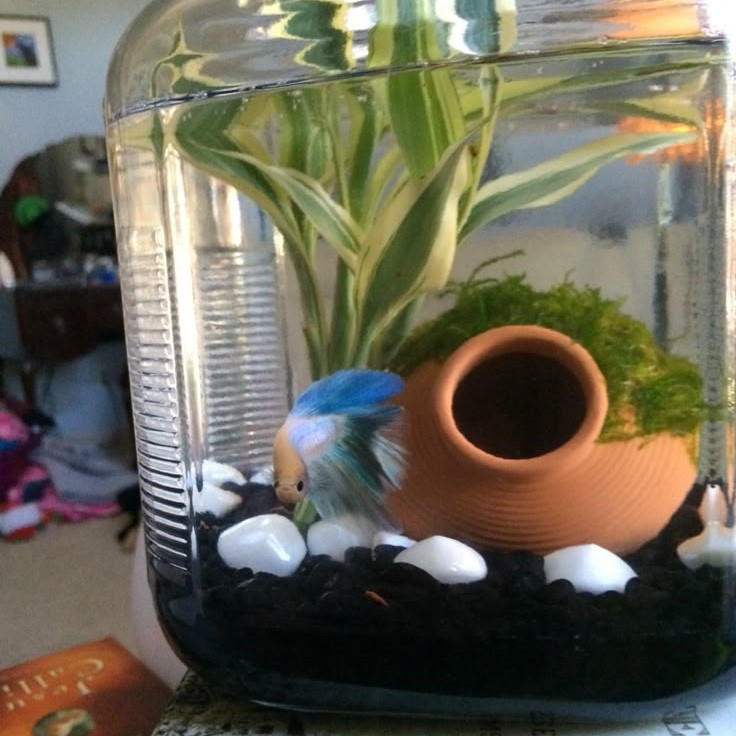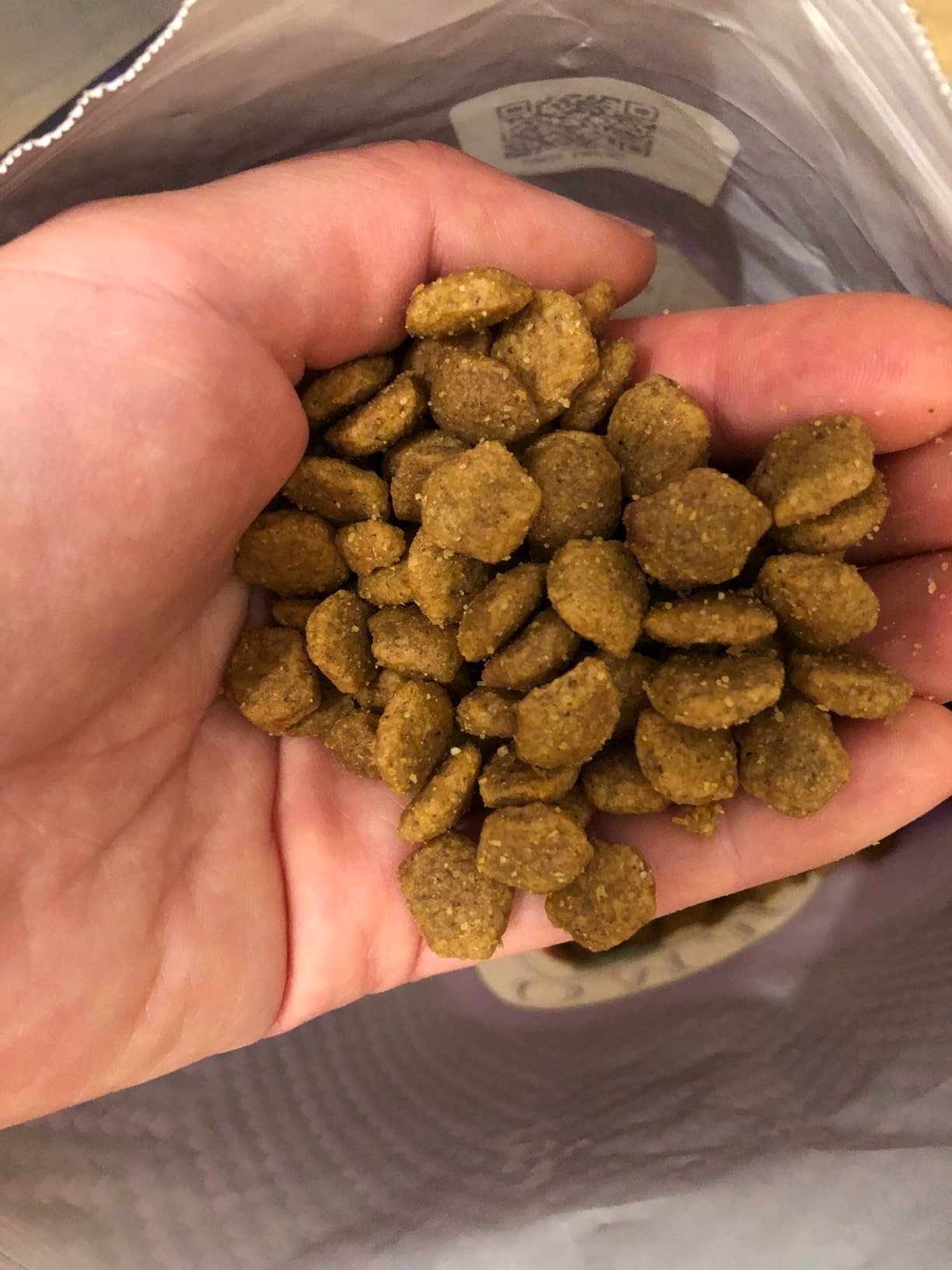Introduction to Aquarium Water Types
When embarking on the journey of setting up a fish tank, one of the most critical decisions you’ll make is what kind of water for fish tank is suitable for your aquatic environment. This decision primarily revolves around whether you intend to maintain a freshwater or saltwater aquarium. The water you choose will significantly affect the health and well-being of your fish, as well as the overall success of your aquarium.
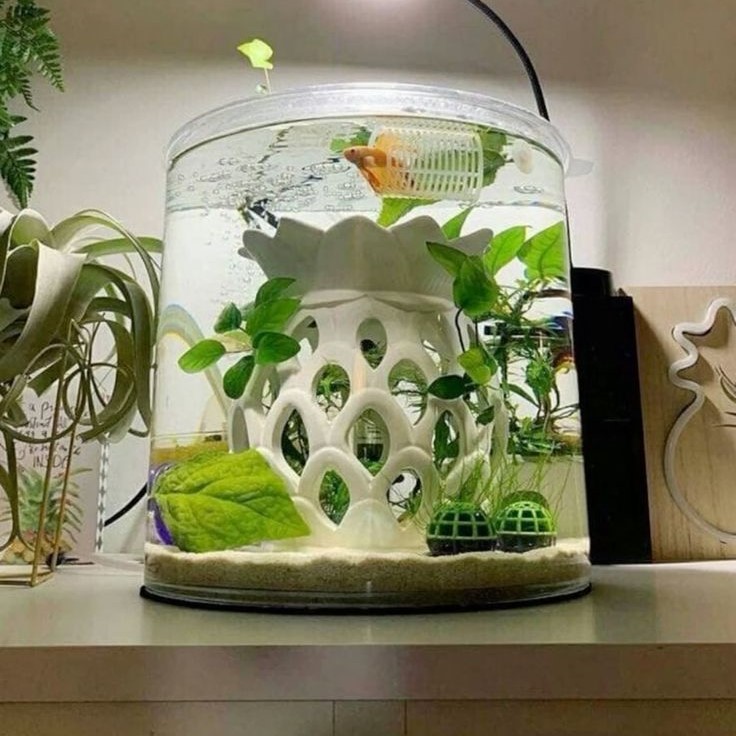
Understanding the differences between freshwater and saltwater systems is essential for any fish enthusiast. Each type of water has its specific requirements, conditions, and care routines, which can impact the types of fish you can keep, the plants you’ll choose, and the ecosystem within your tank. In this comprehensive guide, we will explore how to select the right water type for your tank, including complementary colors, suitable fish species, and the maintenance crucial for a thriving aquatic environment.
Freshwater Tanks: Characteristics and Requirements
- Defining Freshwater Aquariums
Freshwater aquariums consist of water with a low concentration of dissolved salts. Found in environments such as rivers, lakes, and ponds, freshwater provides an excellent habitat for a wide variety of fish species. Popular choices include guppies, tetras, and cichlids, which adapt well to different environmental conditions. - Advantages of Freshwater Aquariums
One prominent advantage of freshwater tanks is their accessibility and ease of maintenance. Freshwater fish and aquatic plants are often more affordable than their saltwater counterparts. Additionally, maintaining a freshwater system typically requires less specialized equipment and can be simpler, making it an excellent option for beginners. This reduces the barrier to entry for new aquarists, encouraging more individuals to explore the hobby. - Water Quality Requirements
Maintaining high water quality is a critical consideration in a freshwater aquarium. Regular testing for ammonia, nitrites, and nitrates is essential for ensuring a balanced ecosystem. Frequent water changes, ideally 10-15% per week, help maintain clear water and stable parameters. Utilizing dechlorinated water and appropriate filtration systems ensures that your fish and plants thrive in a healthy environment. - Choosing Freshwater Fish
The variety of freshwater fish available offers flexibility and diversity in your tank. When selecting species, consider compatibility, tank size, and specific habitat requirements. Researching the needs of individual species ensures a harmonious community tank. Additionally, consider adding live plants to help oxygenate the water and provide hiding places for shy fish.
Saltwater Tanks: Characteristics and Requirements
- Defining Saltwater Aquariums
Saltwater aquariums mimic oceanic environments, consisting of water with a high concentration of dissolved salts. This type of aquarium allows you to house marine species, such as colorful reef fish, corals, and invertebrates, providing a vibrant and dynamic display. The complexity and beauty of saltwater setups appeal to many aquarists. - Challenges of Saltwater Aquariums
While saltwater tanks can create stunning displays, they often require greater attention and expertise than freshwater setups. Saltwater systems generally involve more advanced equipment, like protein skimmers, specific filtration systems, and heaters. Additionally, the initial setup cost tends to be higher, requiring careful budgeting and planning. - Maintaining Water Chemistry
Saltwater aquariums demand strict water quality management to ensure that marine life thrives. Monitoring parameters such as salinity, pH, and alkalinity is crucial for maintaining a healthy environment. Regular testing allows fruitful adjustments to reach the ideal conditions for marine species. High-quality salt mixes and regular water changes help maintain the system’s balance and health. - Choosing Saltwater Species
Selecting species is crucial for successful saltwater tanks. Marine fish and corals are often more sensitive to water quality fluctuations. Researching the needs and compatibility of fish is critical when planning your aquarium. Many reef aquarists enjoy creating vibrant tanks filled with diverse corals, but understanding the compatibility of each organism within the tank is essential to ensure harmony.
Key Differences Between Freshwater and Saltwater
- Cost and Equipment
What kind of water for fish tank? A significant distinction between freshwater and saltwater tanks is the cost and equipment necessary to maintain them. Freshwater setups are generally more cost-effective and easier to manage. Conversely, saltwater tanks require more sophisticated equipment, including specialized filters and skimmers designed to handle the bioload of marine life effectively. - Diversity of Species
While both systems offer diverse and beautiful species, the types of fish available differ significantly. Freshwater fish are typically hardier and easier to care for, making them ideal for beginners. On the other hand, saltwater species often provide vibrant colors and remarkable visual appeal but require more advanced husbandry skills to keep them healthy. - Water Management
Proper water quality management is more challenging with saltwater than with freshwater systems. Saltwater tanks require consistent monitoring of several chemical parameters to maintain a stable ecosystem. Freshwater systems may require occasional testing and maintenance, but they are generally more forgiving of minor fluctuations.
Choosing the Right Water for Your Tank
- Understanding Your Goals
Before deciding on the type of water for your fish tank, you need to comprehend your goals as an aquarist. If you are seeking a colorful, low-maintenance hobby, a freshwater aquarium may be your best bet. However, if you prefer the beauty and complexity of a reef system, be prepared for a higher investment and a commitment to learning the nuances of saltwater care. - Testing Water Parameters
Regardless of the type of aquarium you choose, regular water testing is essential. Test kits are available for both freshwater and saltwater, allowing you to monitor levels of ammonia, nitrates, pH, and other critical metrics. This ensures that your aquatic environment remains healthy for your chosen species. - Conditioning and Preparing Water
When setting up any aquarium, proper conditioning and preparation of water are vital. For freshwater tanks, ensure that the water is dechlorinated and free of impurities. In saltwater setups, mix the correct salt-to-water ratio and allow it to aerate for a specific period to ensure that all components dissolve thoroughly before introducing fish or invertebrates.
Maintenance Tips for Healthy Aquatic Environments
Regular Water Testing
- Importance of Water Testing
Regularly testing water parameters is crucial for any aquarium setup. This practice helps maintain optimal conditions for fish and aquatic plants, ensuring they thrive in their environment. Both freshwater and saltwater tanks require routine checks to monitor key chemical levels, preventing potential harm to the inhabitants. - Key Parameters to Monitor
The main parameters that should be tested regularly include ammonia, nitrite, nitrate, and pH levels. Ammonia and nitrite are toxic to fish, and levels should remain at zero because even trace amounts can be harmful. Nitrate levels need to be monitored, as they can accumulate and pose risks to fish health. Maintaining the right pH balance is also essential for the overall well-being of the aquatic ecosystem, as different species of fish and plants require specific ranges. - Frequency of Testing
Testing frequency may vary depending on the stability of your ecosystem. Newly established aquariums, or those experiencing issues, may require testing several times a week. For well-established freshwater tanks, testing every week to two weeks is typically sufficient. Saltwater tanks might demand more frequent checks due to the higher stocking density and bioload of marine species. - Early Detection and Action
Early detection of imbalances in water parameters will enable you to make necessary adjustments before they adversely affect your fish and plants. For instance, if you identify rising ammonia levels, you may need to perform an emergency water change, increase mechanical filtration, or examine any organic waste buildup in the tank. Swift actions can prevent stress or fatal outcomes for your aquatic life.
Water Changes and Filtration
- Significance of Water Changes
Performing regular water changes is vital for maintaining water quality in aquariums. Over time, uneaten food, fish waste, and other organic materials can accumulate and deteriorate the water quality. Regular water changes help remove these pollutants, replenishing essential minerals and maintaining a healthy environment for your fish. - Recommended Water Change Frequency
For freshwater systems, aim to change 10-15% of the water weekly. This frequency helps keep toxins at bay and ensures that essential trace elements remain present in the water. In contrast, saltwater systems may require larger percentages to account for the increased bioload. For high-density setups, consider changing 15-25% of the water weekly to mitigate buildup effectively. - Efficient Filtration System
In addition to water changes, ensuring that your filtration system is functioning efficiently is critical. A good filtration system helps eliminate harmful substances by breaking down ammonia and nitrite through biological filtration. Regularly check your filters to clean or replace them as needed, ensuring that they operate optimally. A well-functioning filter contributes to a cleaner tank and reduces the need for more frequent water changes. - Balancing Act
It is essential to find a balance between water changes and filtration. While regular water changes help maintain water quality, they should be viewed as a supplement to a higher quality filtration system. Both elements work together to create a stable and healthy environment, allowing fish to thrive.
Behavioral Monitoring
- Observing Fish Health and Behavior
Keeping an eye on your fish’s behavior is crucial in ensuring their health and well-being. Fish can’t verbally express discomfort or illness, so their behavior becomes an important indicator of their state. Changes in activity levels, eating habits, and social interactions can serve as signs of underlying issues. - Signs of Distress or Illness
Various behavioral changes might signal distress or health problems in fish. For example, if fish become lethargic or spend excessive time hiding, there could be environmental stressors to address, such as poor water quality or unsuitable tank mates. Furthermore, a loss of appetite can indicate illness or stress, prompting further investigation into the parameters of the aquarium. - Social Interactions
Monitoring the social interactions of your fish is equally important. Aggression among tank mates may indicate overcrowding, territorial disputes, or compatibility issues. Observing how fish behave with one another can help ensure that all species coexist peacefully within the aquarium. Recognizing signs of stress or bullying is essential for maintaining harmony in the tank. - Being Proactive
Monitoring fish behavior allows you to address problems early, which ultimately leads to a healthier aquarium. If you notice any concerning behaviors, take action promptly. This may include testing water parameters, re-evaluating tank mates, or addressing any potential stressors. By being proactive, you can mitigate health issues and create a thriving ecosystem for your aquatic life.
Conclusion: The Path to Successful Aquariums
In conclusion, understanding what kind of water for fish tank suits your needs is paramount to creating a successful aquarium environment. Selecting between freshwater and saltwater setups requires consideration of your goals, available resources, and level of commitment. By understanding the specific requirements of each water type and implementing proper care techniques, you can foster a thriving aquatic environment.
Choose wisely based on your interests, and dive into the rewarding hobby of fishkeeping with the right knowledge and preparations. Embrace the opportunities this aquatic world offers and enjoy the journey of maintaining a beautiful and lively aquarium. With dedication and care, your fish tank will flourish, providing joy and fascination for years to come!







